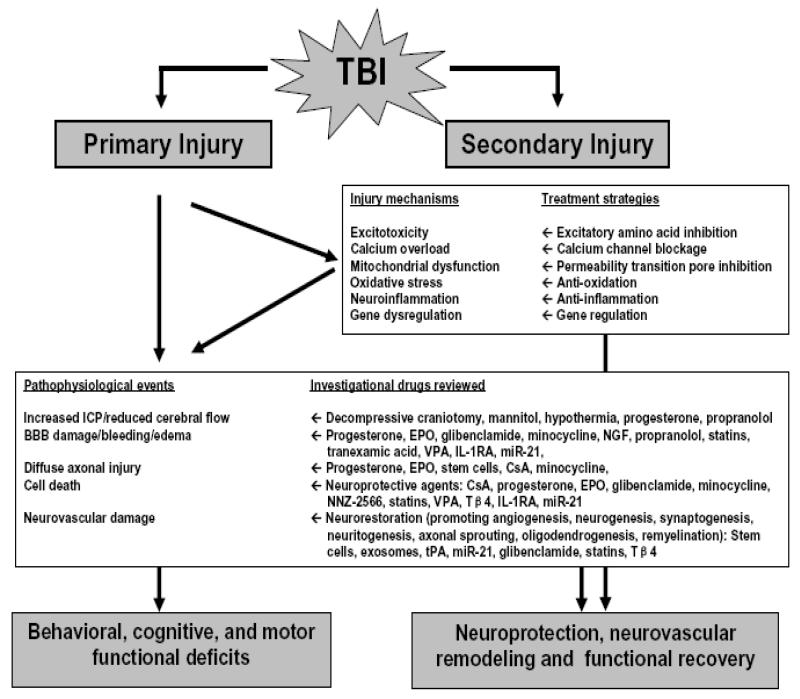Figure 1. Simplified overview of pathophysiology and recovery of TBI.
Sudden external force to the brain causes not only primary injury (that is, mechanical tissue deformation and injury leads to necrotic cell death, shearing and tearing of blood vessels, neuron, glia and axon as well as initiates secondary injury cascade) but also leads to nonspecific depolarization and release of excitatory neurotransmitters including glutamate and aspartate (Excitotoxicity), which bind to glutamate receptors and induce massive influx of calcium (Calcium overload). Calcium overload activates calcium-dependent phospholipases, proteases and endonucleases that damage cell membrane, cytoskeleton and nucleic acids, respectively. Mitochondria (power house of cell) sequester intracellular calcium which may leads to mitochondrial permeability pore opening, energy deficits, free radical formation, and initiation of apoptosis (Mitochondrial dysfunction). After TBI, formation of oxygen and nitrogen reactive species significantly increases, which oxidize lipids, proteins and nuclei acids (Oxidative stress). TBI up-regulates transcription factors, inflammatory mediators, and neuroprotective genes but down-regulates neurotransmitter receptors and neurotransmitter release mechanisms (Gene dysregulation). Increased expression of detrimental cytokines and chemokines induces brain edema, blood-brain barrier damage, and apoptosis (Neuroinflammation). The result of these complex cascades after TBI eventually leads to blood-brain barrier damage, hemorrhage, edema, increased ICP, altered cerebral flow, ischemia/hypoxia, metabolic deficits, apoptosis, diffuse axonal injury, demyelination, progressive atrophy of both grey and white matter, which collectively lead to cell death, brain neurodegeneration, and functional deficits. However, substantial experimental and clinical data have accumulated over the past decade indicating that the adult brain is capable of substantial (limited though) structural and functional reorganization after injury which may contribute to spontaneous functional recovery. Recent new interventions targeting multiple secondary injury mechanisms and promoting neuroplasticity mechanisms improve functional recovery in animal models of TBI.
Abbreviations: TBI: traumatic brain injury; ICP: intracranial pressure; BBB: blood-brain barrier; EPO: erythropoietin; NGF: nerve growth factor; VPA: valproic acid; IL-1RA: interleutin-1receptor antagonist; miR-21: microRNA-21; CsA: cyclosporine A; NNZ-2566: synthetic analogue of the endogenous N-terminus tripeptide glycine-proline-glutamate; Tβ4: thymosin beta 4; tPA: tissue plasminogen activator

